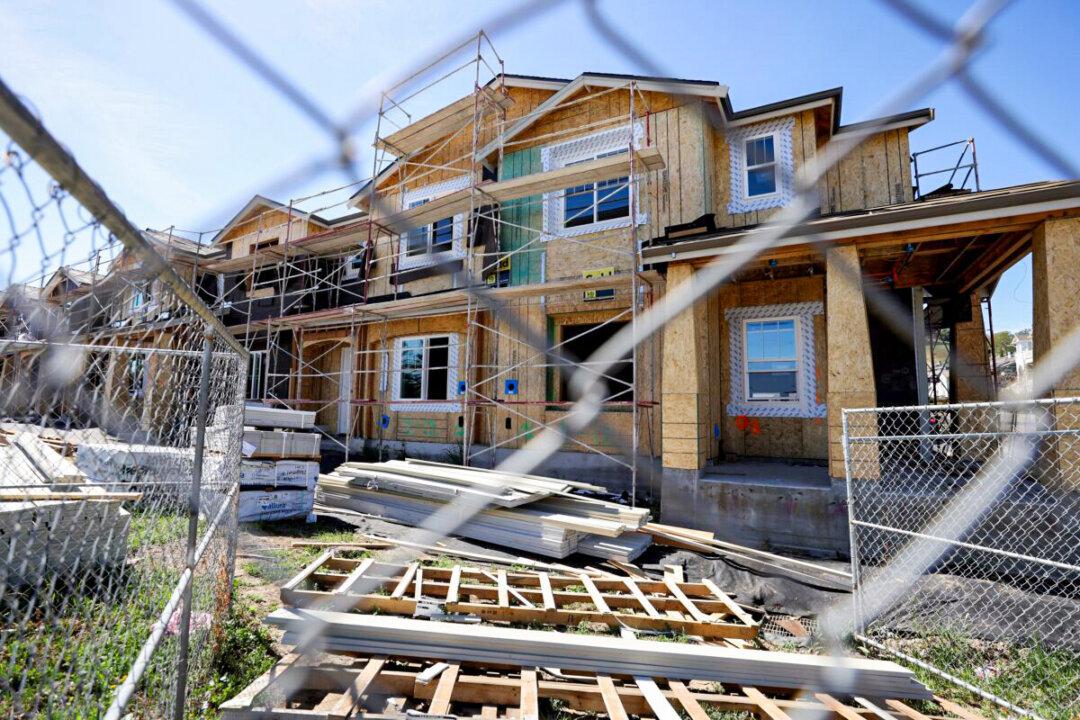Existing-home sales declined for the ninth straight month in October, falling 5.9 percent from September, according to the National Association of Realtors (NAR), revealing the demand-dampening effects of higher interest rates amid decades-high inflation.
Existing-home sales for October registered a seasonally adjusted annual rate of 4.43 million, a fall of 28.4 percent from 6.19 million in 2021. “More potential homebuyers were squeezed out from qualifying for a mortgage in October as mortgage rates climbed higher,” said Lawrence Yun, the NAR’s chief economist. “The impact is greater in expensive areas of the country and in markets that witnessed significant home price gains in recent years.”





